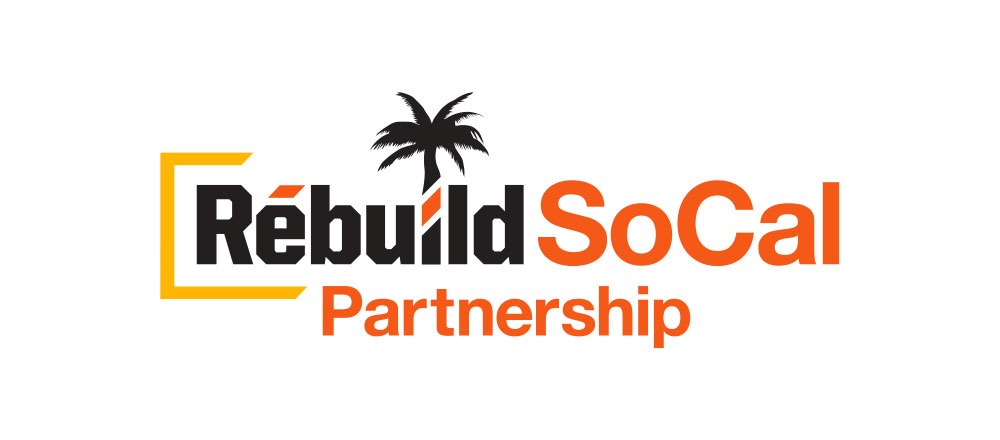Cleaner Way to Access Water
Southern California’s homes, businesses, and farms get water from several sources, including the Colorado River, recycling, desalination plants, and groundwater.
Water that comes from ground wells has to get to the surface somehow. In many cases, the pumps are driven by diesel or electricity. Some farms in SoCal began to shift to electric pumps because they outweighed the efficiency of a small combustion engine, and they are more cost-effective. But because the electric grid is powered by fossil fuels, going electric still impacts the climate. Today, there’s an alternative option: solar pumping.
What is solar pumping?
Solar-powered pumps are a more climate-friendly alternative to fuel-burning or electrically-powered engines. Solar photovoltaic (PV) panels produce energy from sunlight using silicon cells. They are specially designed to convert to DC electricity and power the solar photovoltaic water pumping (SWP) systems.
According to the Solar Energy Industries Association (SEIA), as the country’s solar industry continues to expand at a record pace, farmers are among those who are discovering the advantages of SWP. Additionally, California leads the way in solar power; as of October 2020, California ranked as the highest solar power generating state in the nation, producing enough solar capacity to power 8.4 million homes in the state.
Pros and cons
As we face the impact of climate change, adopting an energy plan that incorporates solar to pump groundwater is far better than those that use fossil fuels. These pumps work without emissions. Other advantages are in the cost. For example, once the panels are in place, energy from the sun is completely free.
Panels have no moving parts and are so reliable that most manufacturers provide a 25-year warranty and a life expectancy of well beyond 30 years. Plus, solar panels work well in cold or hot weather, and incorporating a solar tracker can tilt the panels as the sun moves across the sky to increase daily energy gain by as much as 55% on a clear day.
The downside is that while solar panels work great on bright and clear days, farmers who irrigate in the early morning or late evening may find there is not enough sunlight for the solar water pump to work appropriately. It’s not possible to pump water at night unless steps are taken for energy storage, and those batteries can be expensive.
While it can be a great advantage to have solar trackers boost output, the trackers have moving parts that need repair after several years. But on the flip side, compared to fossil fuel pumps, the pump will require less service and maintenance.
One of the most significant advantages of SWP is that it can be done in more remote and hilly areas, far from where electrical power lines could reach. This could provide options to pump for water in places not previously tapped.
Use in SoCal
While having clean, energy-efficient technology is currently trending, SWP isn’t new to Southern California. According to WaterWorld magazine, on December 10, 2004, the world’s largest solar pumping system was inaugurated at the Seley Ranch in Borrego Springs to irrigate a citrus orchard.
As solar installation costs decline, more farmers in California are turning to this type of energy and not just to power their water pumps. The Los Angeles Times profiled farmers who are converting idle land into solar farms.
In sections “where salty soil, poor drainage or otherwise less-than-ideal farming conditions could make solar an attractive alternative” landowners are putting in miles of solar panels that could help the state meet the 100% clean energy goal by 2045. In fact, plans are in the works in the Central Valley to build the world’s largest solar farm on agricultural land with 4,000 acres of solar panels.
Stay up-to-date on important infrastructure issues by signing up for the Rebuild SoCal Partnership newsletter. Follow us on Facebook, Twitter, and Instagram, and listen to The Rebuild SoCal Zone podcast.

